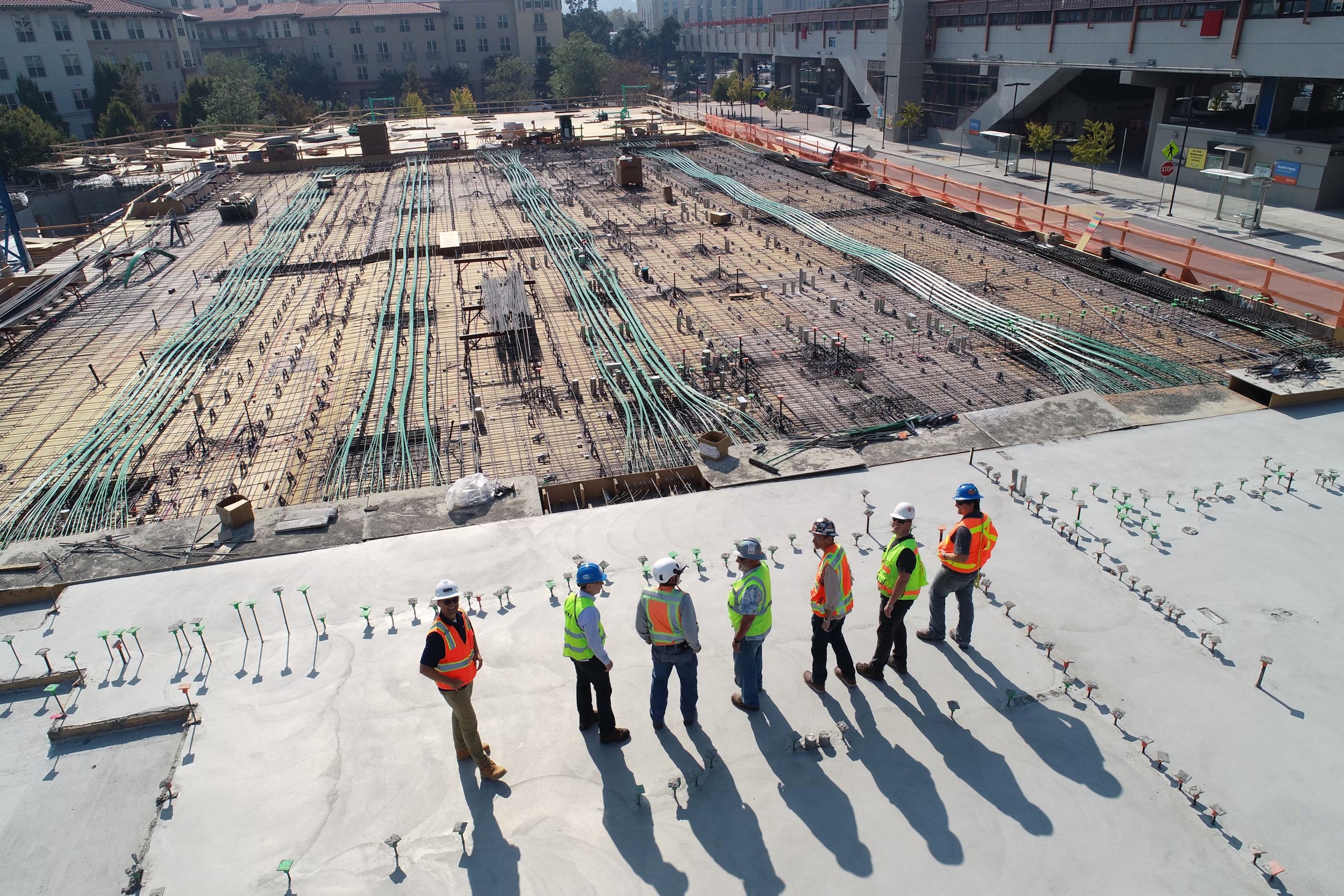
Land Use Planning
-
The official plan is a policy document that establishes a long-range planning blueprint for land uses and resource management within the municipality. Changes to the official plan may be needed to accommodate your proposed use or building form. This is generally a lengthy process involving numerous meetings, technical report submissions and political decision-making by a municipal council.
-
In its simplest form, a zoning by-law establishes the development rights for a specific parcel of land. Typically, maximum limits are placed on building height, density, and coverage. Minimum requirements are often established for setbacks, parking, lot size, frontage, etc. In order to develop your property in a way that is not permitted by the zoning by-law, an application for an amendment may be made. This is generally a lengthy process involving numerous meetings, technical report submissions and political decision-making by a municipal council.
-
Land Division, also known as Land Severance or Consent, is the division of land to create new parcels or an interest in land. It may include the creation of new building lots, boundary readjustments, and registration of easements. Leases with terms over a certain length may require consent approval by the municipality. Applications are typically made to the Land Division Committee.
-
A Site Plan is a two dimensional representation of existing or proposed development on a given parcel of land. A site plan usually shows building and structure footprints, travel ways, parking, trails, lighting, and landscaping and garden elements. Site plan approval is often required to be obtained in conjunction with a zoning amendment.
-
Signs over a certain size require municipal approval pursuant to municipal sign by-laws. Sign approvals are typically required for fascia signs (ie. signs placed on the face of a building); pylon signs; roof signs and billboards. Details to be submitted and reviewed include, sign location, sign copy, lighting and mounting specifications.
-
A Plan of Subdivision is an approved lot design that divides one property into multiple building lots or blocks, usually in a group of more than 3 parcels depending on the particular municipality. A plan of subdivision must be approved by the municipality (known as Draft Plan Approval) in order for the lots to be legally sold or conveyed separately.
-
3D (3 dimensional) modeling or massing design is a process whereby a building concept can be visually represented in 3 dimensions. This process is often used to validate how a proposed development will fit into the existing surrounding buildings; how a structure will relate to surrounding land forms; and/or the potential impact of shadows that will be cast. We create 3D models in house using Computer Aided Design (CAD) software. Municipalities are more frequently requesting 3D models of proposed developments as part of the application submissions.
-
Highest & Best Use (HABU) analysis seeks to determine the most profitable use of the property that is legally and physically achievable in the context of municipal development policies and surrounding built forms. We provide Highest and Best Use Analysis for a variety of office, retail, multi-family residential, industrial, and mixed-use properties to assist in property valuation and acquisition decision making.

How Can We Help?
Lakeshore Group operates Canada-wide. Please feel free to get in touch to discuss your project needs/goals.


